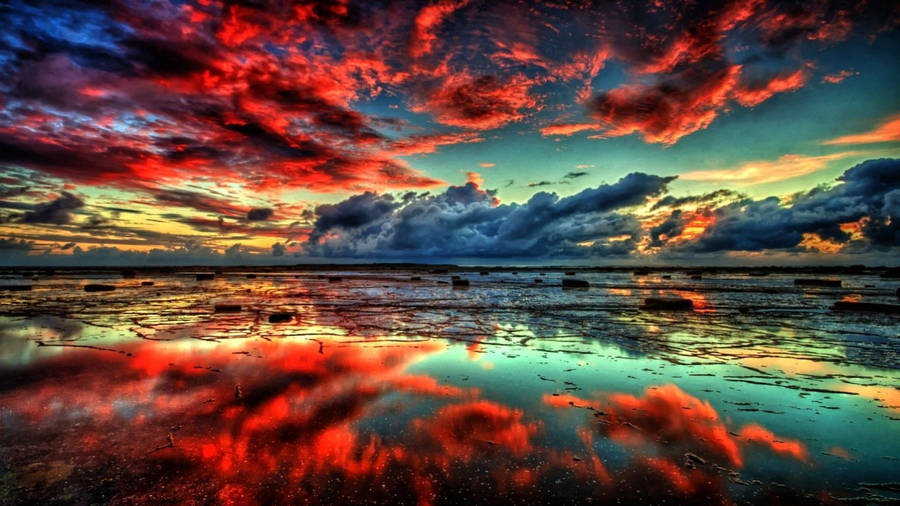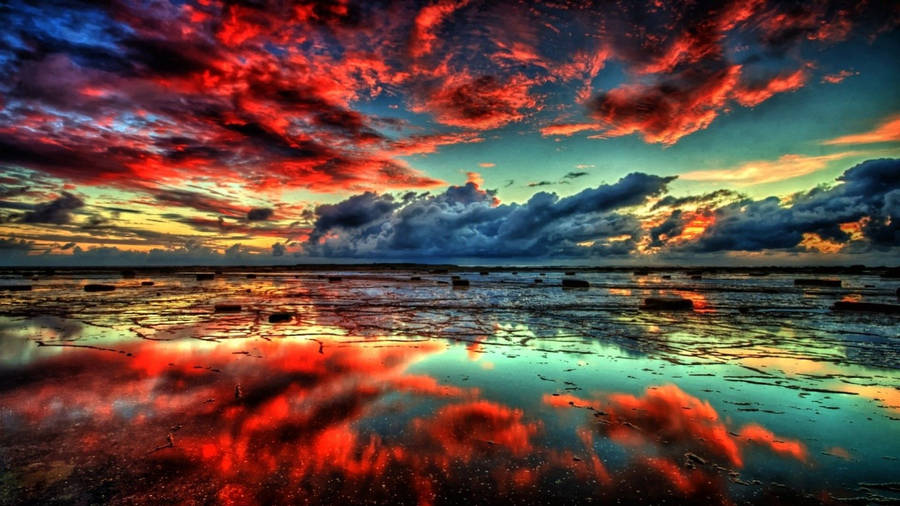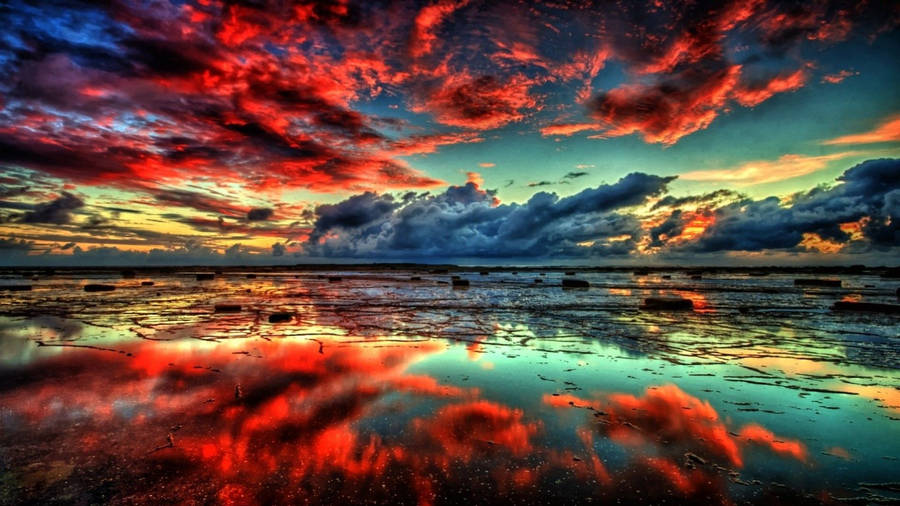Technology has come forward in leaps and bounds since the infancy of digital cameras in the early 90s and the turn of the millenium. In the year that I bought my first digital camera, I was shooting with an Agfa ePhoto 780c, a 0.35MP camera (1 MP equals 1 million pixels - so you do the math). In 2011 just a scant 10-11 years after I bought my first digital camera, we have large format and medium format backs in excess of MP power of 45 MP or more. We have compacts that have 16 MP (though I won't say much for their prints over and above 8x10). When I bought my first Digital Single Lens Reflex (DSLR) camera (my Nikon D50), it was a 6.1 MP camera. Nowadays, DSLRs have megapixels in ranges between 12.3 and 32 MP (the proposed Canon 1Ds Mk IV?).
When I first started photography in 1984, my father bought me a Mamiya Sekor TL500 35mm film SLR. I had no idea how to use it. And this was before I even knew I had dyslexia and a learning disability. I couldn't make heads or tails out of filmspeed, shutterspeed, aperture and how they related to each other. If I had to spend the 3000 shutter clicks I put through my D50 on the equivalent amount of film developing, I would have spent well over $1620.00; almost the cost of a new f/2.8 lens and I wouldn't, with the handicap of a learning disability and the fact that I'm a visual learner, have learned even the basics of photography that I learned with my D50. So if anyone tells you, that you can't learn photography from a digital camera, that's a load of bollocks.

My Agfa ePhoto 780c - landscape shot

My Nikon Coolpix 2200 - cityscape shot

My Nikon D50 - city feature shot
However, the most important part of photography is knowing your photographic knowledge inside and out. Be able to assess your situation and be able to know instinctively what to do in any given lighting situation. For example given a gloomy forest setting...Do you put your ISO up or do you open your aperture? What will the end result of that be. If you open your shutter, does your depth of field increase or decrease. How will the bokeh result from that option? How much of your foreground or background do you want coming in crisp and clear...how do I achieve that objective? All of these things are things that will be trickling through your head at a given moment and sometimes when you're shooting, you have just a split-second to make that decision. You have to know your equipment inside and out. You also have to know the best composition to bring out your objective. You also have to know your lighting conditions and what do to in each situation. That's the mark of a competent photographer. It's not the fact that you carry a Nikon D3x or a Canon 1Ds Mk III and have lenses the length of my forearm and hand combined. It's "Do YOU...know the equipment inside and out and what to do with it in any given situation?" That's what separates the competent photographers from the "spray and pray" weekend snappers.
Ideally, as a wildlife photographer, I should have a 400 f/2.8 or a 600mm f/4 lens with the assorted teleconverters. However, unless I win the lottery, that lens won't fall into my hands anytime soon without saving like crazy. So I work with what technology I have and use my head to get the shots that I want. It is thanks to friends like Scott Linstead, Jamie Douglas, Paul Burwell, Ethan Meleg, Darwin Wiggett and Megan Lorenz who inspire me to improve my own photography. It is their photography that provides the inspiration and pushes me to improve my skills and composition.
It doesn't matter what kind of camera you have. Learn to be competent with it. The only time that you need to upgrade your camera is when the technology you buy will make doing your job easier or when your skill outgrows the technology you have. My favorite saying is this: "Work the camera with what lies between your ears and not what is on the label of the equipment you carry."

One of my D300s/70-200mm f/2.8VRII shots @ 165mm(no teleconveters); technique, and animal approach for composition purposes by Hugo Chikamori.

No comments:
Post a Comment